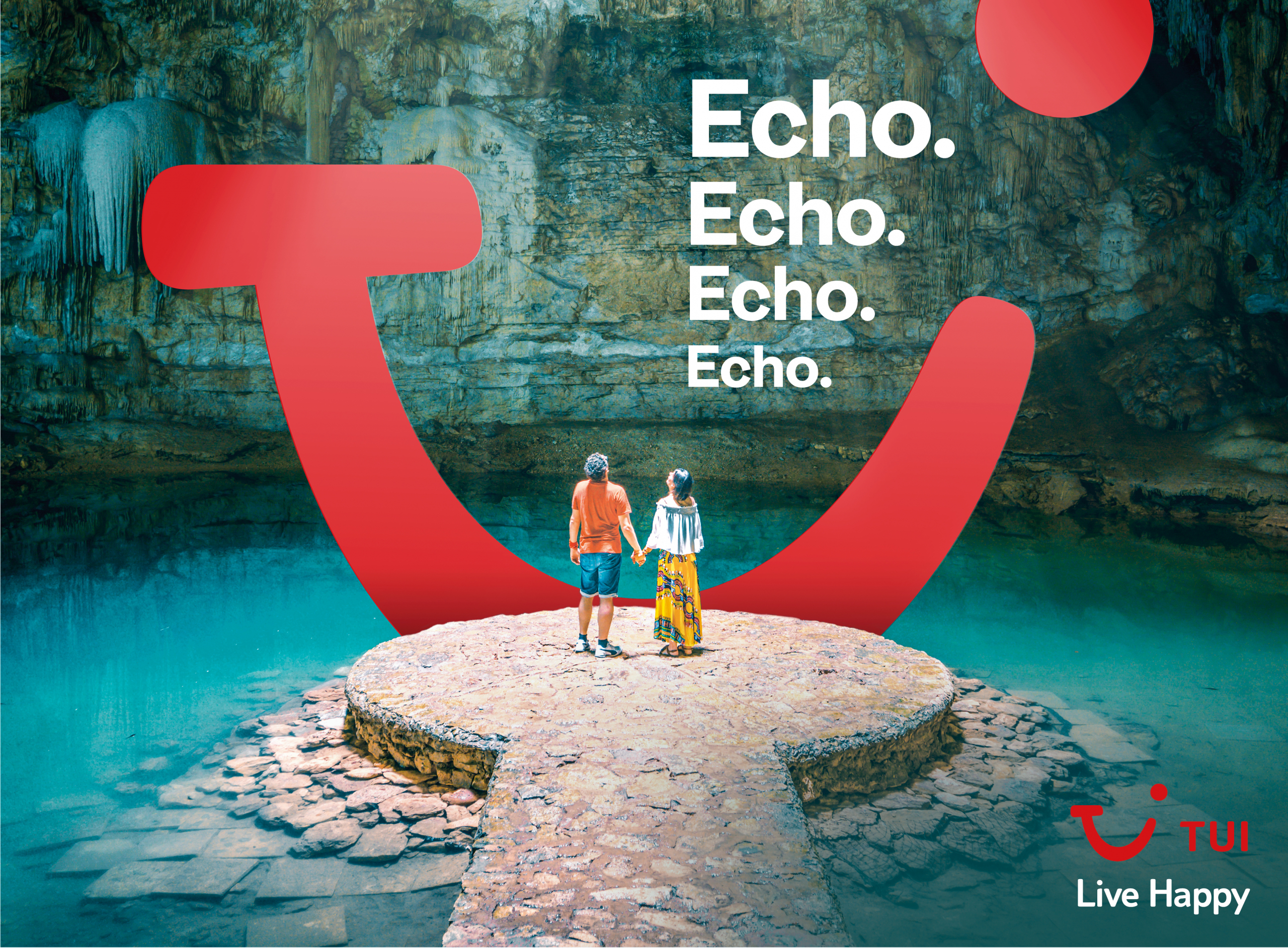
In April, I joined the many families using the school holidays to venture outside of the UK for the first time since the coronavirus pandemic began.
As a family, we had been lucky enough to enjoy a few UK breaks over the last couple of years. But I can’t deny that we were casting an envious eye at the guaranteed weather of warmer climates only a few hours away.
That is a theme I have repeatedly heard among colleagues and friends this year about their travel plans. And it is a desire the travel industry is betting on for 2022.
After all, in a category where governments have needed to impose restrictions on their very product, travel brands themselves could really do with a break.
Customers remain grounded
Consumer surveys show how ongoing COVID issues have limited the recovery.
- Only 16% had booked a 2022 holiday by the end of January 2022.
- Even by April, 43% of UK consumers said they either wouldn’t be going on holiday in 2022, or didn’t know when they would be.
In addition, the pandemic has contributed significantly to the negative stories circling the category. Images of security-check chaos and cancelled flights have dominated the news cycle and been widely shared on social media.
This all adds up to a fair amount of travel apprehension and, no doubt, some revenue re-forecasting amongst the nation’s most loved holiday brands.
Saved spend goes to upgrades
However, there is an opportunity for travel brands here if they can see past the misleading narrative that has permeated the category in recent times, the idea that UK consumers are set to ‘catch up’ on missed holidays over the pandemic period.
Category behaviours typically evolve slowly. Despite a global pandemic, the majority of the holidays customers have booked are to the same destinations they were previously (no surprise that Spain ranks number one on people’s travel wish list).
TUI reported an uptick in long-haul, more-expensive destinations, which is encouraging for the category. But this does not add up to more holidays, it is an upgrade – and likely facilitated through some of the money consumers saved on cancelled holidays from previous years.
Communicate value
Location, convenience, and value remain the key motivators for travellers.
Take a quick dip into qualitative research in the category, and you’ll soon see the unifying factor across all holidaymaker audiences – they do not want a substandard holiday at a pandemic price premium.
I would suggest communicating “2022/23 holidays at 2019 prices” as a great way of cutting through in the market and reassuring potential customers.
Still, it’s a bet on volume that many brands are likely to shy away from when they have a two-year hole in their finances they need to fill.
All-in for all-inclusive
This interest in convenience and value has seen a rise in the importance of “all-inclusive” in consumer choice criteria. Previously quite a divisive term that reflected a particular holidaymaker persona, the need for reassurance, value and convenience is now especially pertinent and echoed across all age groups.
It even made Pinterest’s 2022 trends, reflecting that many younger, more adventurous travellers are taking baby steps back into the category.
This hasn’t gone unnoticed. Many brands are walking back on their additive pricing strategies to use simple comms messaging.
Cruise brands, in particular, have long had their own acronyms that differ from the rest of the holiday category. But many of these brands are now bundling up into “all-inclusive” and prioritising a broader pool of potential cruisers over on-board margins.
Be a bolder brand
All of the evidence so far suggests that the predicted rush to catch up on missed holidays is looking more like a reappraisal of holiday type by consumers – at least in the short-term, whilst things are settling down.
This makes sense as we know category behaviours don’t typically change drastically but big life events tend to lead to people reevaluating their choices.
There is still ample opportunity for travel brands to steal share from areas of the wider holiday category that they may have struggled with in the past.
Share of market has been artificially equalised in a long-established category, and this is an exciting opportunity to grow amongst harder-to-convert audiences, using bold messaging and distinctive assets to cut through the clutter.
I’d suggest that focusing revenue growth here will see an exponential return versus any other time in recent memory.
Cost pressures limit potential
As it stands, the emergence from the pandemic has been too gradual, with too many false dawns for the missed-holidays rush to deliver on (high) expectations.
I fear for those brands who wait for additional holidays to fill the hole in their revenue sheet, particularly in light of recent cost of living increases.
I can’t help thinking that the extra costs faced by families look a lot like the cost of that extra holiday many travel brands had hoped to attract.
Cater to considered customers
Whilst “catching up” on “missed holidays” is unlikely to be the silver bullet many hoped, my recent holiday reminded me why the longer-term health of the category shouldn’t be in doubt.
We were already discussing where our next holiday might be on the flight home, and we weren’t the only ones.
The much-needed break for travel brands isn’t quite as close as they might have hoped, and there is still work to do.
As consumers start to get away again and experience the joys of a great holiday, some of the pressure will be alleviated, but we know that consumers are being more considered in their holiday choices at this moment in time and are reappraising a purchase that was more habitual pre-pandemic.
Brands that can bring a distinctive message to market that encapsulates the value and convenience consumers seek will end up on more holiday shortlists than they ever were before.